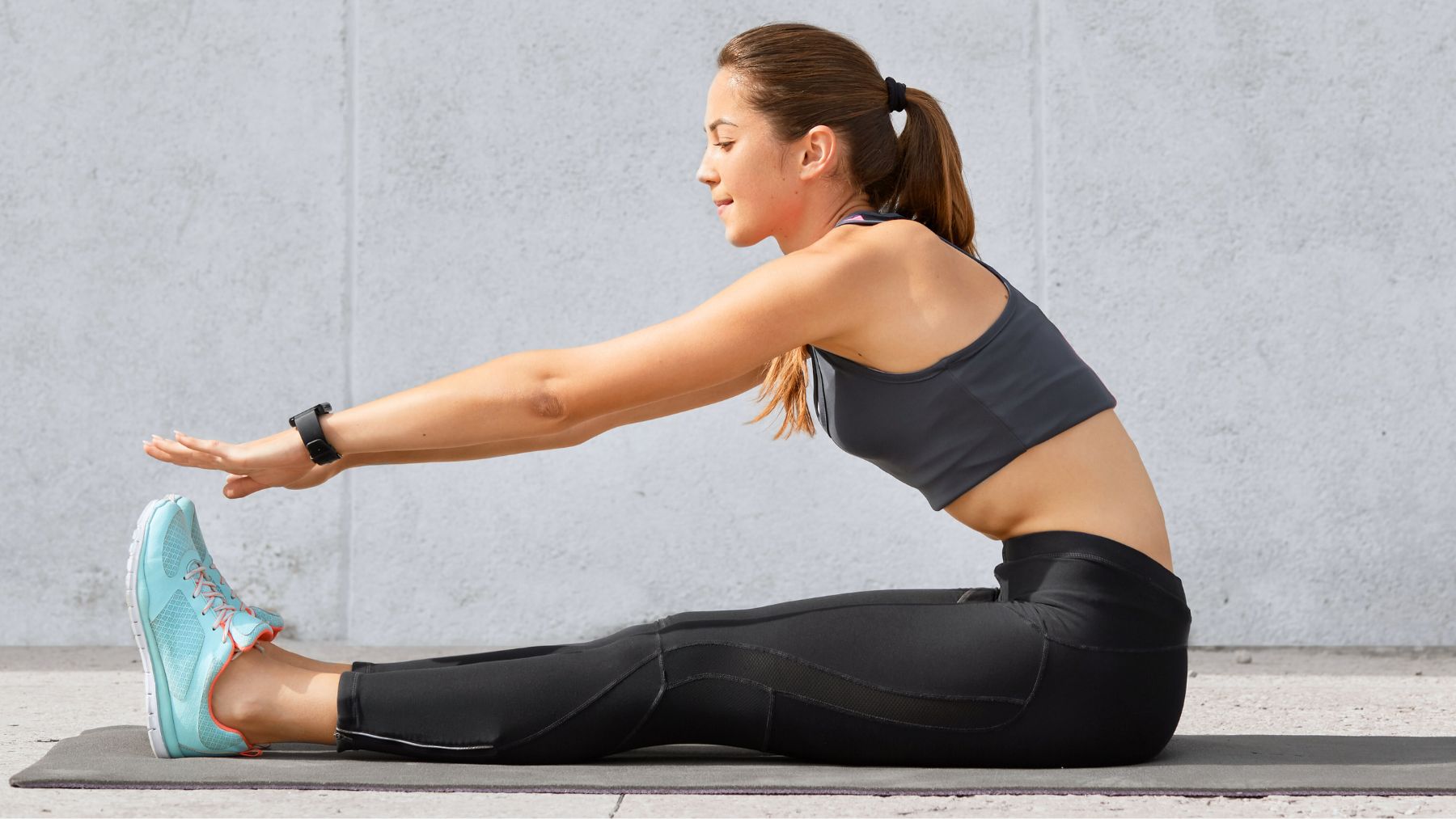Most people remember to stretch their hamstrings or quads after a long walk, but forget their calves entirely. Tight calf muscles can cause soreness in your knees, ankles, and even your lower back. They also make it harder to walk comfortably, climb stairs, or maintain balance as you age.
According to massage therapist Julie Read, the calves often “have a tone issue that doesn’t present in much discomfort, so people forget about them”. The muscles might not hurt immediately, but when they do, the pain can travel up or down the leg. Here, we’ll look at four simple calf stretches recommended by experts that can help loosen tension, improve flexibility, and reduce the risk of injury after walking or exercise.
Effective calf stretches you can do anywhere
One of the best ways to target both muscles is with the downward-facing dog stretch. Start on your hands and knees, then lift your hips toward the ceiling, pressing your heels toward the floor. You’ll feel a deep stretch through the backs of your legs while also opening your shoulders and hamstrings. Hold for 30 seconds to a minute and repeat as needed.
Another useful move is the heel drop stretch. Stand on a step or curb with your heels hanging off the edge. Slowly lower one heel until you feel a pull in the back of your lower leg. This not only lengthens the calf but also helps strengthen the Achilles tendon, which can prevent soreness after long walks.
The wall calf stretch is great for loosening the upper part of the calf. Stand facing a wall, place one foot behind you, and press your heel into the floor while keeping your back leg straight. Lean forward slightly until you feel the stretch. To shift the focus to the lower calf, try bending the back knee a little while maintaining heel contact.
Finally, the banded calf stretch is perfect for deeper tension release. Sit on the floor with your legs extended and loop a resistance band or towel around the ball of one foot. Gently pull the band toward you while pressing the heel away. This stretch lets you control intensity and is ideal for post-walk recovery.
Other ways to support your calves after walking
Stretching is key, but it’s only one part of proper lower-leg care. Taking a few extra minutes for recovery can make walking and running feel easier over time.
- Wear supportive shoes. Proper arch and heel support reduces stress on the calves and Achilles tendon, especially if you walk frequently on hard surfaces.
- Warm up before you move. Dynamic movements—like ankle rolls or calf raises—wake up the muscles and prepare them for longer walks.
- Stay hydrated. Muscles cramp more easily when you’re dehydrated. Drink water before, during, and after exercise.
- Massage your calves. Using a foam roller, lacrosse ball, or even your hands can help release knots and improve circulation. Spend 10 to 15 seconds on tender spots before stretching.
Stretching and massaging your calves may not seem urgent, but over time, it can affect how your body feels and moves. Treat your calves with as much attention as the rest of your muscles, and you’ll recover faster, walk farther, and move more comfortably every day.

